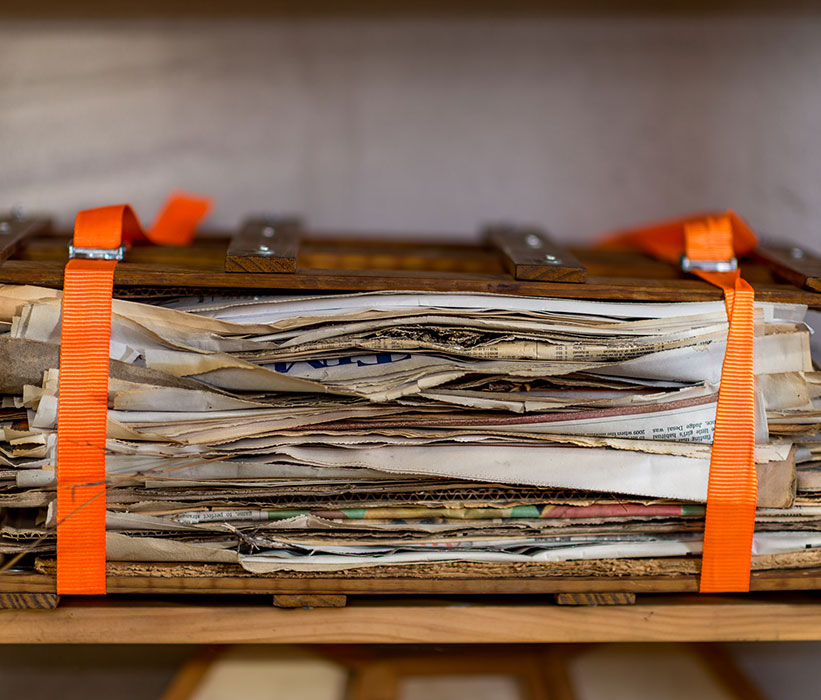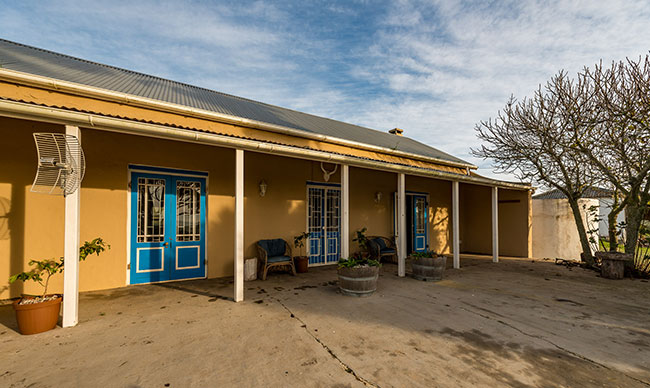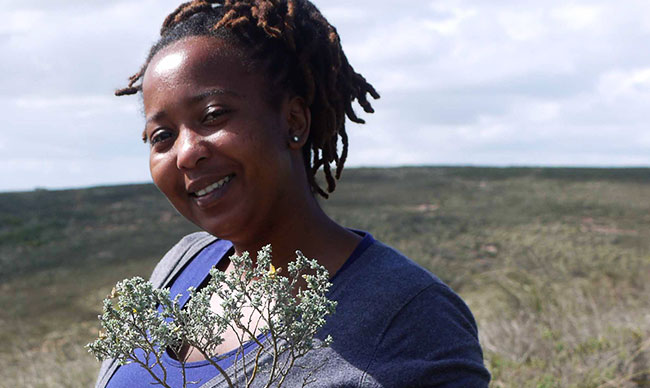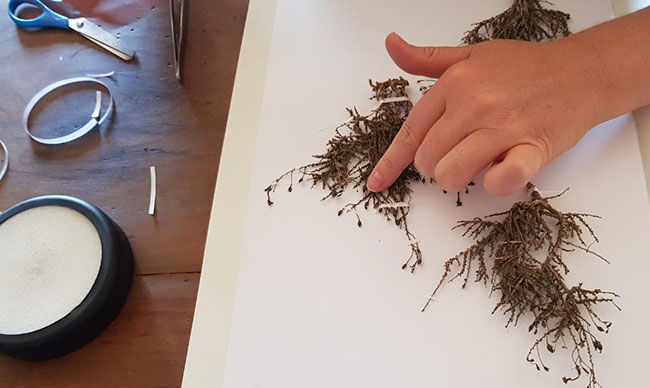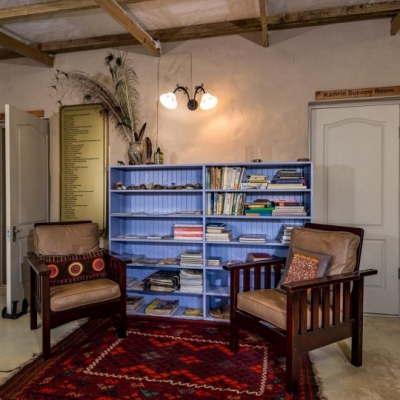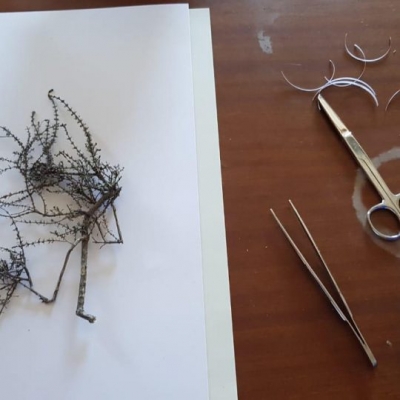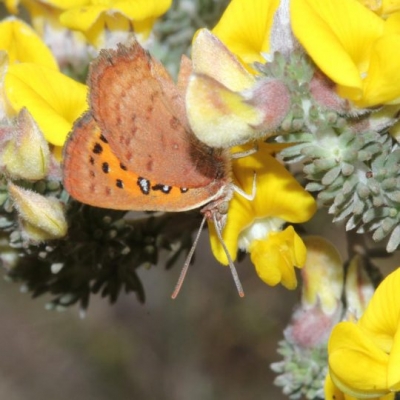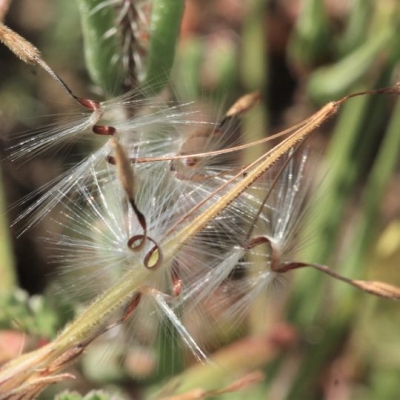The Renosterveld of South Africa’s Overberg is recognised as one of the world’s most species diverse Mediterranean type shrublands. At the heart of the eastern Overberg is Haarwegskloof Renosterveld Reserve where the Overberg Renosterveld Conservation Trust’s (ORCT) research and visitor’s centre is located. Based in a purpose converted farmhouse, the centre acts as a home away from home for our driven, enthusiastic and innovative cohort of postgraduate students who are undertaking applied research to help us learn more about the ecology and inform best conservation practice for this Critically Endangered vegetation.
The ORCT staff team, students and supporting volunteers have been working over the last few years on developing a herbarium for Overberg Renosterveld based at Haarwegskloof. But what is a herbarium? Why do we need one for Renosterveld and why is it important? A herbarium is essentially a curated collection of dried, pressed and mounted dried plant specimens with associated information such as growth form, flower colour, vegetation type where found and more. Each specimen has the locality of collection recorded to allow georeferencing. This collection of herbarium specimens is used for plant identification purposes, taxonomic research (the science of the naming of plants) and allowing us to build a more detailed picture of what grows where and under what ecological conditions.
When the Overberg Renosterveld Trust was first founded, there was relatively little ecological data available about Overberg Renosterveld and no field guide for Renosterveld in the area either. This lack of data meant that identification to species level for plants and other biodiversity was often more challenging than it needed to be, with staff and students alike spending many bemused hours poring over books and databases that claimed that what they were looking at in front of them simply didn’t grow in the area or in the habitat in which they had found it, or that it had never been recorded by science at all.
With much hard work this is changing. ORCT staff and students have collectively spent many thousands of hours in the field, collecting valuable ecological data that has in turn fed into national species databases used for conservation planning. Our Director Dr. Odette Curtis-Scott and co-authoring colleagues have written the first field guide for Overberg Renosterveld, published by Struik Nature and launching this month. In addition considerable work has gone into building a herbarium collection on site at the research and visitor’s centre at Haarwegskloof.
Having our own Overberg Renosterveld herbarium means that we can afford to focus primarily on local flora of the area. It means the herbarium specimens are right there where our researchers need them without a lengthy journey to Cape Town to verify identification of species found in the field. Herbarium specimens provide the maximum resolution of detail regarding anatomical features from all angles, so we can quickly tell if we have found something new or not seen before in a certain area. A small, easily accessible herbarium when used alongside the new field guide are excellent tools of the trade, allowing us to work more quickly and efficiently, thus spending more time in the field with landowners where it matters most. Our herbarium is still young and in the early stages of development, and we hope to invite more volunteers to assist with additional specimen-mounting later this year (depending on the Covid situation).
We couldn’t be more excited about these new developments, helping us understand our Renosterveld better and reaching more sites and landowners. The better the understanding we have of this beautiful, biodiverse and Critically Endangered vegetation, the more effectively we can manage it, as well as working with landowners to bring more valuable Renosterveld sites into conservation through our easement scheme so that they can be conserved in perpetuity.

